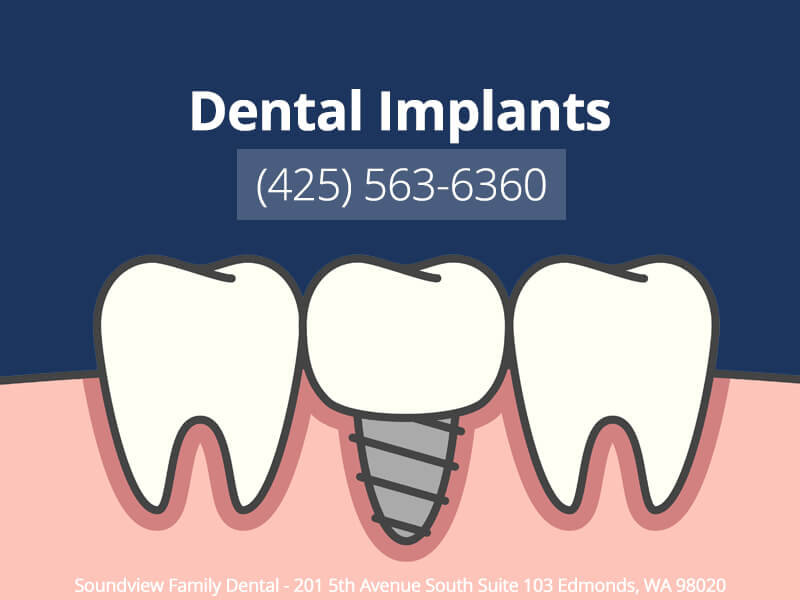Have you been considering dental implants? Have you been wondering what to expect throughout the process? For example, how long the procedure steps will take? Dental implants are the fastest-growing solution to replacing missing teeth, permanently. These surgically implanted support posts are designed to securely hold a replacement fixture in place using a patient’s jaw bone as the anchor of support. The dental implant process timeline can be confusing, which is why we’ve created this helpful dental implant 101 article to help.
Key Takeaways
- Dental implants are a fast-growing solution for replacing missing teeth.
- Jaw bone quality and overall oral health will be assessed before proceeding with dental implants.
- Dental implant surgery is performed as an outpatient procedure and may require multiple visits.
- Healing process, including osseointegration, can take several months before receiving permanent teeth.
- Following dentist’s aftercare instructions and being patient with the recovery process is crucial for successful dental implants.
The jaw bone, when not compromised is an excellent choice for implant installation. However, this can be a problem for patients that have inadequate bone and tissue quality to work with. Those that have worn dentures for many years may learn that their jaw bone has eroded making them a less than ideal candidate for dental implants. But this doesn’t mean that they can’t have them there are additional steps needed to ensure proper implant placement and that it will fully fuse with the bone. Your dentist may recommend a bone graft or sinus lift in this situation.
Before getting dental implants, your dentist will want to look over the quality of your mouth, precisely your jaw bone quality, if you have remaining teeth, their condition, and your gums. He or she will take x-rays to get a more in-depth look, as well as perform a physical exam. Once a patient has been giving the okay to proceed, the dentist will go over the dental implant procedure. What to expect from the surgery, including how long it will take and what his plans for placement may me. The office staff will typically go over what the expected cost is and when to schedule.
Are you a good fit for dental implants?
Dental implants can work for those missing or have:
- One tooth
- Multiple teeth in the same location
- Multiple teeth throughout the arch
- An entire arch
- Replacement for all teeth
- A broken tooth – extraction and replacement
Dental implants can also be a fantastic option for patients that currently wear restorative dental appliances such as bridges, crowns, or dentures. Other things that will make you the right candidate include:
- Overall healthy smile
- Good oral hygiene
- Sufficient bone tissue
What to expect from dental implant surgery?
The first thing to note, this isn’t going to be like any surgery you may have had before. While most operations you’ll need to check-in and a trip into the operating room, dental implants are performed as an outpatient procedure.
Dental implant surgery isn’t as easy as you might think, and it also takes longer than expected. Depending on the location of the implant and how many you need to have placed, it will determine how long of a session you’ll be in there for.
If you need to have teeth extracted before dental implants, your dentist may require multiple trips to remove the teeth, then installing the dental implants. Likewise, if you have to have a bone graft due to inadequate bone tissue, you won’t have dental implants placed that day. Your dentist will require the graft to heal first.
The implant surgery will require your dentist to cut into the gums. This allows him access to the jawbone. A dental implant looks similar to a screw and is screwed directly into the bone. Once it is firmly in the bone, your dentist will suture the gum closed. If you are having a full arch replaced, you will likely have four implants placed on the top or bottom of the jaw.
Some dentists will offer a temporary denture, bridge or crown that can be worn the same day after implants are installed. These can be designed to work with the healing process. The healing phase can take several months. The bone and the implant need to fuse together in a process called osseointegration.
Once the healing process has been completed, you are now ready to receive an abutment that attaches to the dental implant. While you might think this is where you will get your permanent teeth, you would be wrong. The soft tissue will need to heal once more before your dentist can make a mold of your teeth and jaw to create the dental appliance, crown, bridge, or denture.
While many dentists claim that dental implants are fast, have little discomfort, and offer a natural-looking solution to missing teeth, the recovery time or process isn’t discussed as often. Every patient is different and will recover at different times. But getting dental implants isn’t typically something that happens overnight. You will have to start with a consultation, determine if you are the right candidate. You may have to have additional procedure steps to accept the dental implant, such as a bone graft. But one thing is the same for every patient, it is essential to healing correctly, and following your dentist’s guide for aftercare and how long it will take is necessary.
Conclusion
If you have questions about implant dentistry or the dental implant process time, speak with your dentist before your surgery day. He or she should be able to answer all your questions regarding what to expect as well as aftercare and your specific healing timeline.



